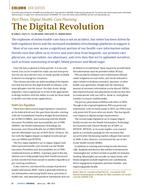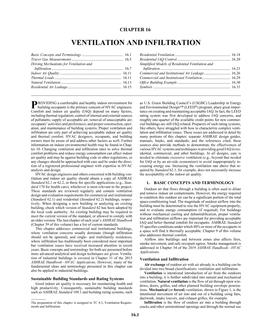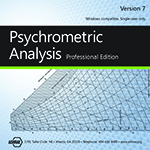This paper provides an overview of the use of the CONTAM building airflow and contaminant dispersal model for the design of smoke control systems in high-rise buildings. The Uniform Building Code and the International Building Code require that the impact of various forces affecting building smoke control, including wind, stack effects, variation of openings, and HVAC configurations, be considered in the design of smoke control systems. Building airflow models such as CONTAM are well suited to this application. The paper will discuss limitations of the CONTAM network model for modeling buoyant smoke and how to overcome these limitations. Finally, the paper will discuss issues pertaining to the use of CONTAM for designing smoke control systems in high-rise office and residential buildings.
Units: I-P
Citation: Symposium, ASHRAE Transactions, vol. 108, pt. 2
Product Details
- Published:
- 2002
- Number of Pages:
- 10
- File Size:
- 1 file , 590 KB
- Product Code(s):
- D-8996


